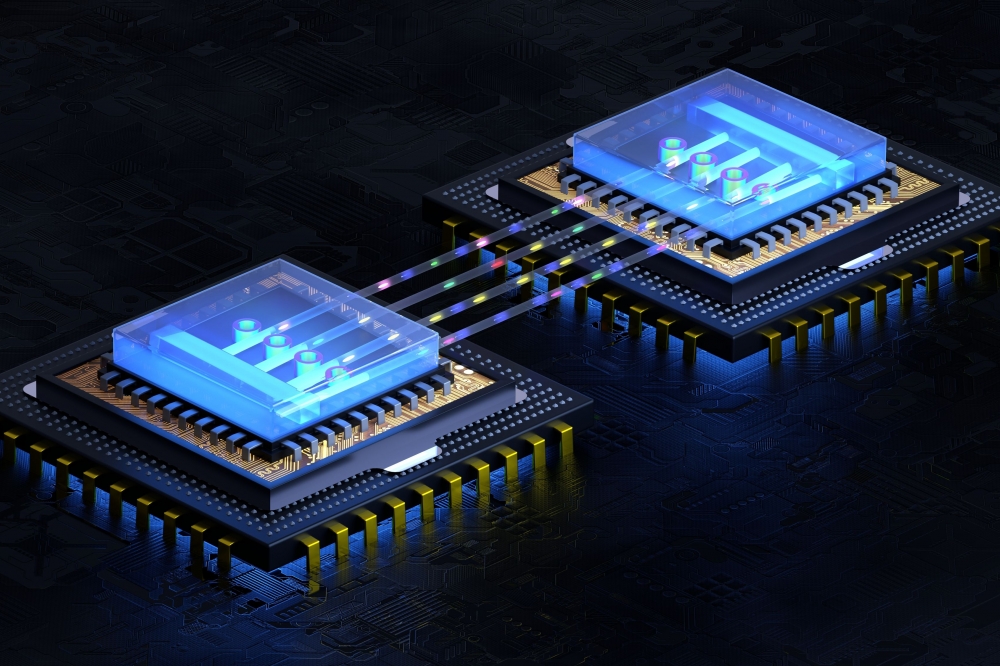Researchers develop comb lasers with improved stability and efficiency

In a new paper published in Nature Photonics, researchers have reported improvements in micro-integrated comb laser systems, towards deterministic generation of multicoloured signals. The study was a collaboration between DESY Hamburg, and a Swiss startup called Enlightra, which has a focus on developing efficient multicolour lasers for high-capacity data transmission and optical computing. The authors say that the light source is a key technology needed to drive optical communications to the data rates required by AI.
The publication, called “Synthetic reflection self-injection-locked microcombs”, showed how a special design leads to stable and efficient emission of laser radiation from an integrated comb laser. This is achieved through a design that incorporates a tailored nanostructure in the ring resonator within the microcomb system.
The scientists demonstrate microresonators with programmable synthetic reflection providing tailored injection feedback to the driving laser. Such a synthetic reflection allows them to achieve a stable and deterministic regime of the self-injection-locked microcombs. This is in marked contrast to conventional self-injection locking that relies on random imperfection-based scattering.
“This is stability by design,” commented Dr John Jost, one of the authors of the paper, “but beyond the stability, we also achieved a 15 times higher conversion efficiency into the various wavelengths.”
As part of the study, the authors conducted various tests with different customised nanostructured ring resonators. They used a semiconductor laser diode butt-coupled to the photonic chip with the ring resonator. The technology was demonstrated in the C-Band, but the scientists say it works equally well in all the telecommunications bands. The resonator itself was built in an integrated photonic chip with silicon nitride photonic crystal ring resonators, embedded in silica cladding. It was fabricated in a commercial foundry process based on UV stepper lithography.
The comb laser as presented in the paper can be produced in a wide range of foundries, and can be integrated with a variety of other photonic integrated circuits. It can therefore support fast optical I/O units or optical field-programmable gate arrays (FPGA), which could be beneficial for data-intensive applications such as generative AI, and novel disaggregated computer and memory architectures.
According to the scientists, this is the first time that an engineered back reflection has been used to enable stable and efficient generation of laser combs. With this stability-by-design solution and a new, easier-to-manufacture design, the laser microcomb could enable rapid progress in applications such as portable sensors, autonomous navigation or extreme bandwidth data processing.



































